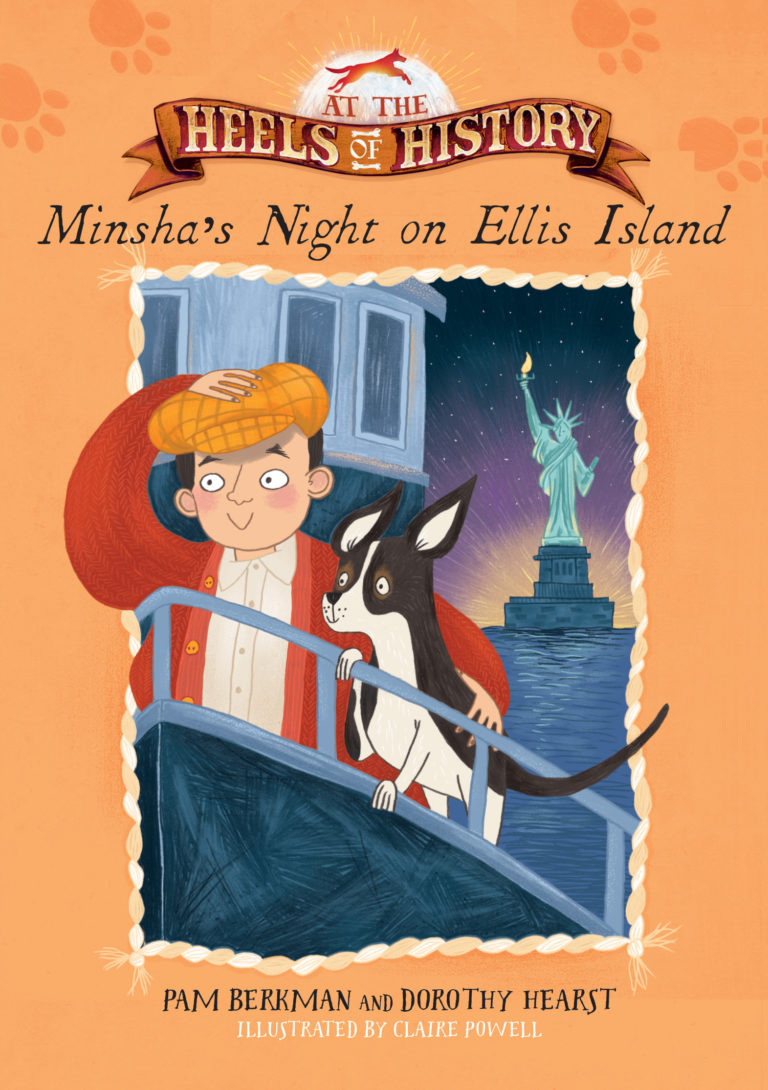Nonfiction Elements of The Wolf Chronicles
Nonfiction Topics in The Wolf Chronicles
Biology and Animal Behavior
- Wolf behavior, including pack life, hunting techniques, pup development, interaction with other species including ravens, competing predators, prey species, and humans.
- World seen through wolf’s eyes highlights wolf perception through scent and sound.
- Realistic descriptions of other animal behavior including that of ravens, bears, saber-toothed cats, Irish Elk, aurochs, and wooly rhinos.
Ecology and the Environment
- Interdependence of species.
- Humans’ impact on the environment.
Prehistory
- Depiction of human civilization 14,000 years ago.
- Descriptions of animal and plant life of 14,000 years ago.
- Exploration of the transition from hunter-gatherer to agricultural existence.
Wolf-Human Coevolution—Who Domesticated Whom?
- Introduces the theory of coevolution, the process by which two or more species mutually affect one another’s evolution.
- Explores controversial theory of wolf-human coevolution, the idea that wolves, and later dogs, helped make us the dominant species on the planet. Some believe that this is as simple as wolves giving us more time to begin farming by helping us hunt and by guarding our homes. Some believe it goes further—that wolves taught us (by example) to hunt cooperatively, have centralized meeting places, and form complex societies, and that they domesticated us at least as much as we domesticated them.
Dogs make us better people
- We are our best selves when we are with dogs. They allow us to love unconditionally.
- The round heads and big eyes of dogs trigger our protective instincts and stimulate oxytocin production, and making us happier, more relaxed and more open to loving others.
Dogs and wolves as the key to our survival as a species
- One reason we destroy the world around us is because we see nature and non-human animals as apart from ourselves. Dogs are one creature that we think of as family, and as part of self. Wolves, however, were almost wiped out because they represent the frightening Other.
- Wolves are despised by many because they are so similar to us and yet retain their wildness. We see ourselves in them, but a version of ourselves that is not tamed and which reminds us that we are animals rather than higher beings. In wolves, we see a part of ourselves that is untamable. And there are people that cannot bear that which they cannot control.
- If we can transfer our love of dogs to their wilder cousins, and thus see ourselves as part of the natural world instead of apart from it, we might learn to love the wild itself, and stop destroying the environment that we need to survive.
